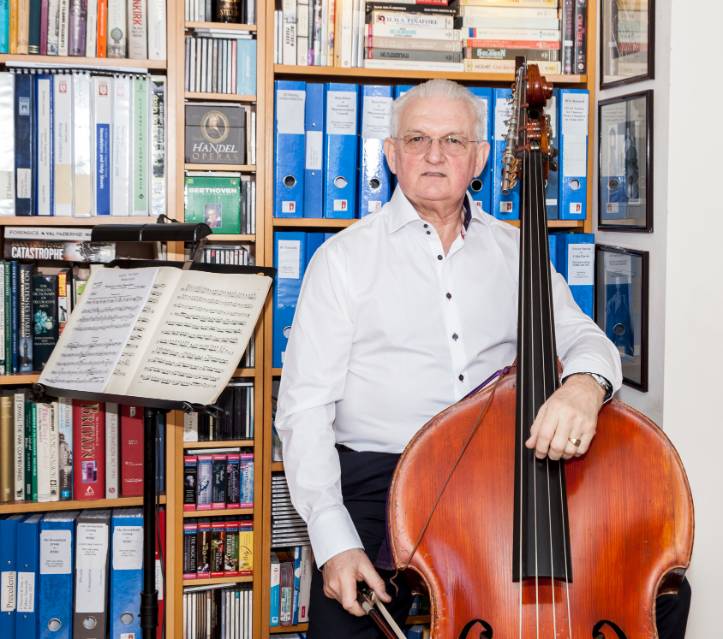To put your mind at ease, the process of mediation normally proceeds as follows:
- Everyone gathers at the agreed venue and time.
- The mediator greets both parties and shows them to their separate rooms, being careful not to be friendlier to one side than the other.
- The mediator may have an inconsequential chat with each group to put them at ease and ask each to sign the master copy of the ‘Agreement to Mediate’ document.
- Each party is then given the opportunity of a brief conference with their advisors. The mediator checks everybody is ready, and then he calls them in all together.
- Everyone gathers in the main room around the meeting table, with the mediator in the chair and with the claimant and defendant on opposite sides.
- The mediator introduces himself and asks everyone to do the same. He then explains his mediation experience and the process of mediation, to build the parties’ confidence both in the mediator and in the mediation process.
- The mediator ensures that one person on each side (or someone who is contactable at any time) has the authority to settle the dispute on whatever terms may be agreed.
- The mediator explains the without prejudice nature of all discussions on the day and promises to destroy his file and all notes at the end of the day, regardless of the outcome.
- Each party then explains the dispute from their point of view, in a presentation typically lasting no more than 5 minutes. The presentation is given without interruption, to make sure each party has their time to speak up.
- If the mediator considers that some common issues may be discussed, there will be a discussion with everyone present.
- The parties then go into their separate rooms, and the mediator moves from one to the other to conduct confidential discussions with both. The mediator’s role is to help the parties to identify the issues and to help to draw them closer to a resolution.
- By liaising with both parties the mediator sees the full picture and uses his skills and that knowledge to help the parties to identify the issues clearly and to draw the parties together towards a resolution.
- If any party decides to abort the process, the mediator draws the parties together to warn them of the consequences.
- If an agreement is made, the parties come together and, with the mediator’s help, a legally binding agreement is drawn up and signed by everyone.
- The mediation is then complete, and the parties can get on with their lives in the confidence that the dispute has come to an end.
The process of mediation mentioned above should put your mind at ease as to what takes place on the day of mediation.
